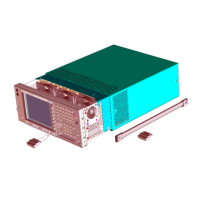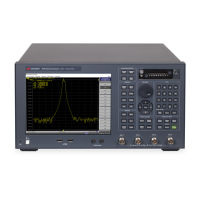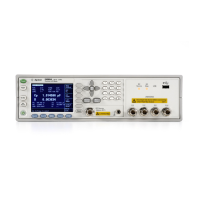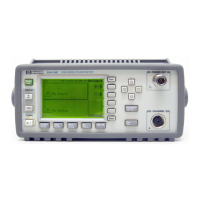112 Chapter 4
Programming Examples
89601X VXA Signal Analyzer Programming Examples
Programming using Visual Studio
®
2003 .NET:
• Setting up a VSA Measurement on your 89601X VXA using Visual
Basic 6.
This example program:
— Sets up the VSA Mode.
— Sets the Vector Measurement.
— Configures the Vector Measurement.
— Starts the Vector Measurement.
— Reads the trace data in Real 64 data format
File name: VXA-MeasDemo.sln
• Setting up a Digital Demod Measurement on your 89601X VXA
using Visual Basic 6.
This example program:
— Sets up the VSA Mode.
— Sets the Digital Demod Measurement.
— Configures the Digital Demod Measurement.
— Starts the Digital Measurement.
— Reads the trace data, EVM, and demodulated bits.
File name: VXA-DigDemodDemo.sln

